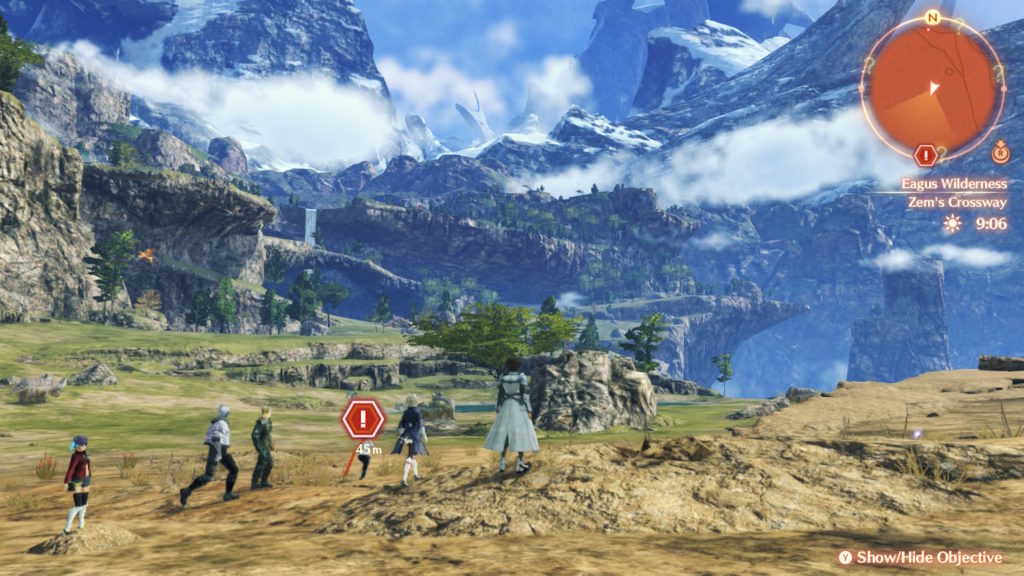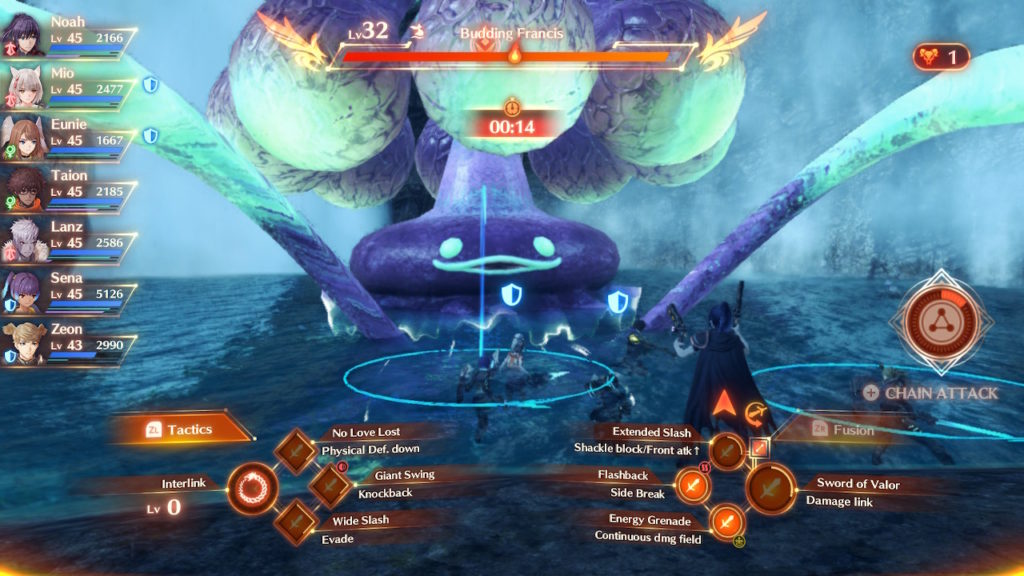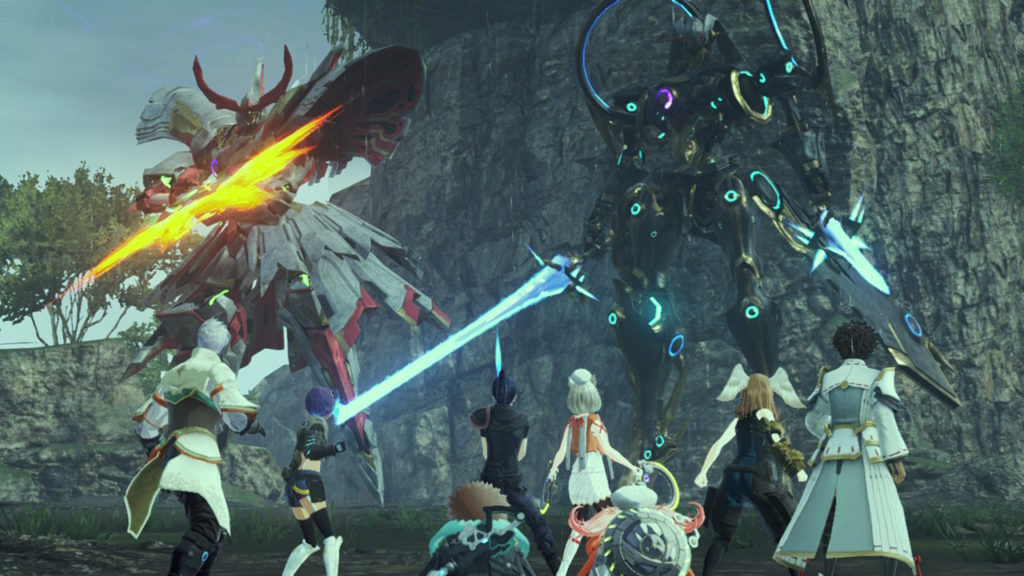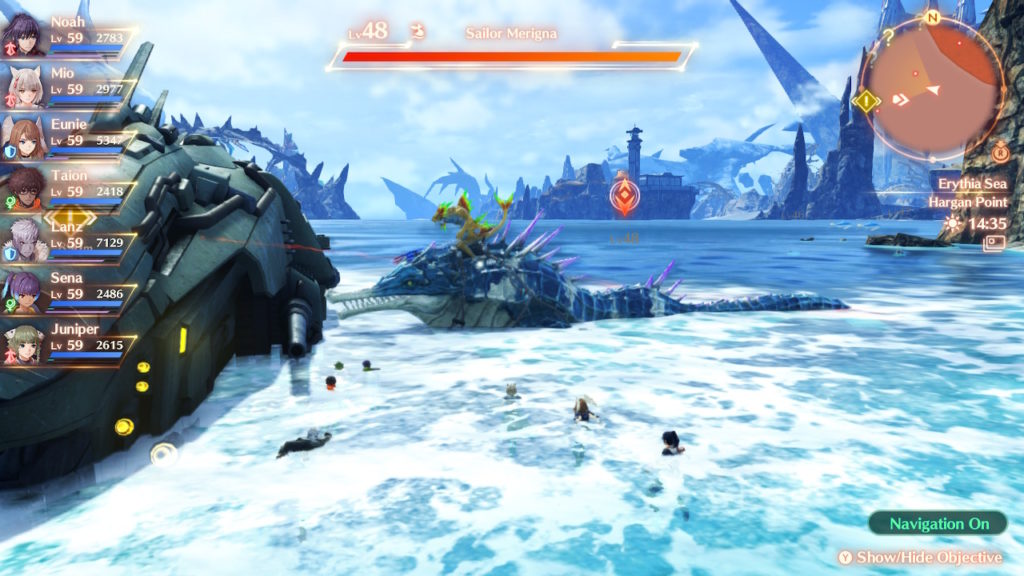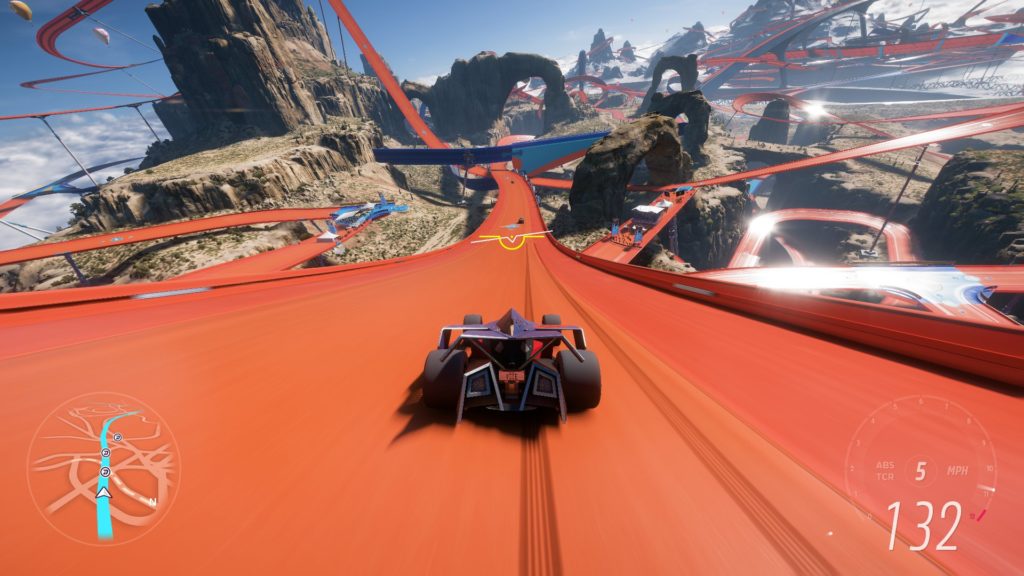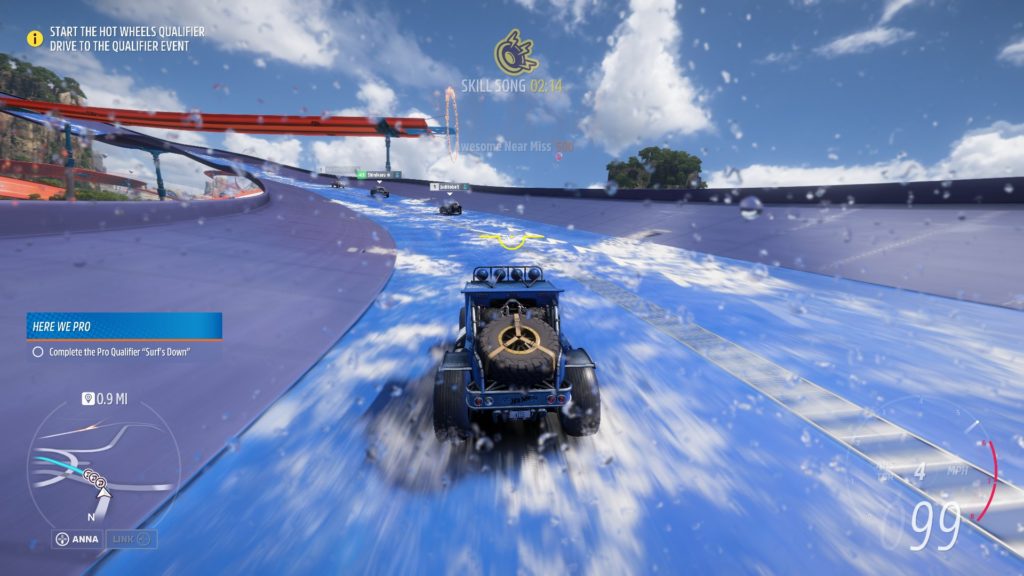- Genre: Puzzle
- Platform: Switch
- Also Available On: Steam
It’s perhaps ironic that this one was published by Playtonic, because my enjoyment curve of this game reminded me EXACTLY of Yooka Laylee and the Impossible Lair. The game slowly added mechanics throughout that worked well. It felt like it had an appropriate challenge curve based on mechanics that enhanced the puzzle solving. I got to the end of the game with a high level of praise ready to be put to ramblings.
Then I hit the long level for the true ending of the game that felt like it turned the mechanics on their head.
This is a puzzle game through and through. Ya it’s got its golf coat on, but that part of it isn’t really the point. Each hole is a puzzle to figure out what specific locations you need to hit the ball to in order to finish it in the correct number of strokes. That’s ultimately all there is to it. Ya there’s some dealing with power. Ya you get some wind later on. Ya you’ve got to deal with some gravity shenanigans in a moon world. Ultimately though, it’s a puzzle. What makes this work is that the entire game is a zen experience. You’re thrown into a little diorama and can move all around to plan out your shots, but you go at your leisure as you plot your course.
The way I would describe this is that you’re succeeding through trial and experience. Failures in a case like this end up being a case of not having enough experience – whether that be a lack of knowledge of how wind is affecting your ball, or how a slope in an area will affect rolling distance. However, it’s never because you were lacking information. Succeeding is because you’ve learned and applied your knowledge. In this case, the variable involved is purely your aim and your imagination in getting through the course.
When this all is working well the game is phenomenal. It’s the type of game that you can just sit back and relax to. You’ve got a pretty light ambient soundtrack that adds to the relaxation. You’ve got a game that isn’t rushing you, but is instead just letting you enjoy the experience.
What ends up being the enemy of this is time. For the most part though, the time-based mechanics aren’t too egregious.
The main mechanic that hits this is actually the core power selection. If you aren’t specifically focusing, your power and aim selection occurs via a cyclic infinity symbol. You can use this to increase or decrease your distance beyond the core aiming, which adds a bit of flexibility to the aim selection. While this works fine, it largely feels unnecessary to me. I don’t see a case where allowing the player to select their power around a target wouldn’t be beneficial to the player. The challenge of the game to me feels like picking your shot selection precisely. You can still do that with the cyclic aim, but it adds a level of imprecision that adds friction to the experience. It doesn’t make the game harder, it just makes it slower. You’re missing shots that you shouldn’t miss purely because of timing.
Later on in the game, the levels start getting some time-ish mechanics. These largely revolve around some lights moving items – asteroids in the moon levels, blockers in a computer level. Things of that nature. Again, these largely work fine but don’t really improve the game. Your shot selection doesn’t change because of the moving stuff, it just causes your pace to slow down.
And then I got to the final level.
The thing about the last level is that it adds a bunch of dynamic geometry. In some cases it’s geometry being created in areas panning around the world, while in some cases it’s creating holes in geometry. I get why this is happening, because ultimately the last level needs some challenge. However, it just doesn’t work to me.
The first thing is that the core golf mechanic is just too dynamic for this. I can’t tell you the amount of times I would land a ball perfectly, then sit there having to wait for it to shed the last little bit of speed. By the time I was able to shoot again, the geometry would disappear underneath me and I’d lose my shot. I’d then do nearly the exact shot on my next attempt, but a little shorter or a little longer and the ball would immediately stop and give me plenty of time to shoot.
It also just adds a time crunch that doesn’t really vibe with the rest of the game. Instead of planning your shots and carefully aiming, you’re just kind of rushing to generally the right area for your ball to land, then rushing to the next shot. Rather than trialing and gaining experience, you’re kind of just flailing around and eventually succeeding. It’s less learning and more just doing and it feels awkward compared to the rest of the game.
I guess despite the last level, I still recommend the game. There’s enough there that I enjoyed that if I ignore the last level, I’m fine with what I got out of it. It’s the same thing that I ended up doing with Impossible Lair. Enjoy the parts that are great, and just don’t actually finish the game.


